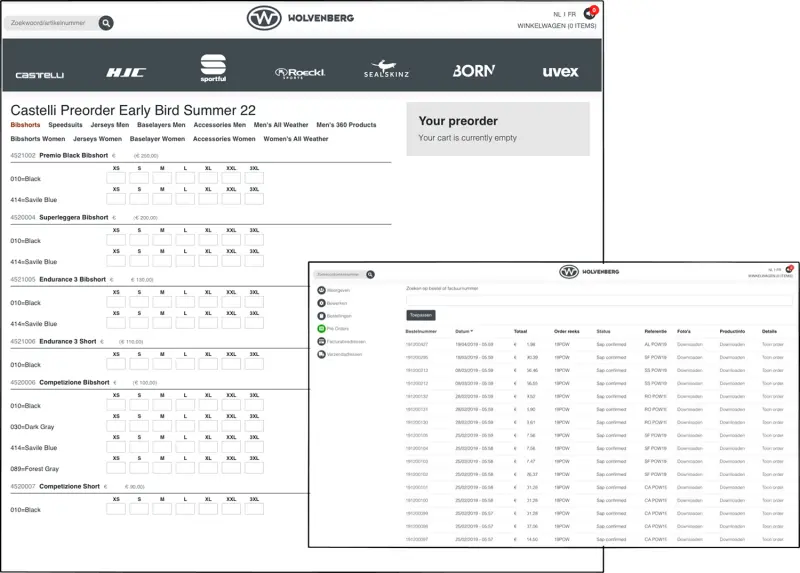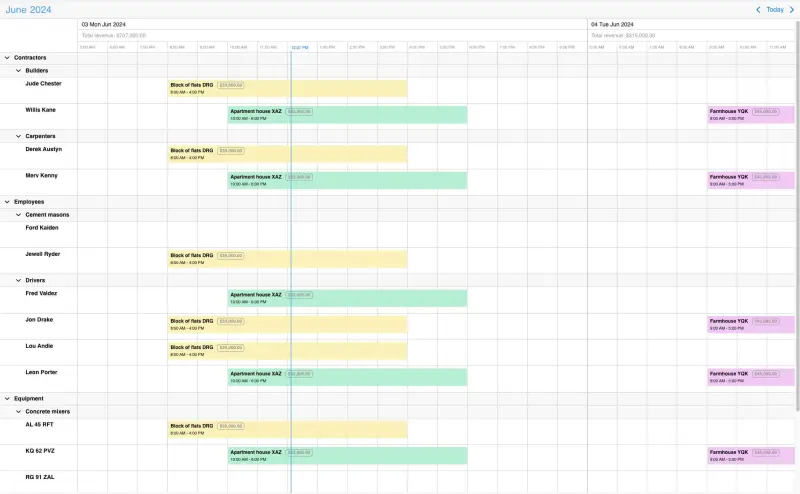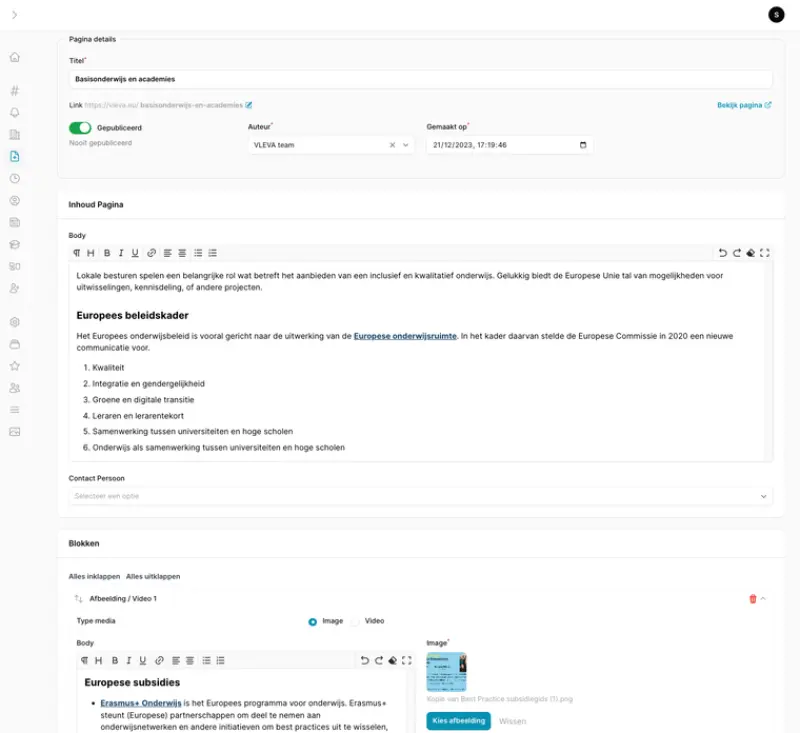AI in a web application
Artificial Intelligence (AI) technology can significantly enhance web applications.

Artificial Intelligence (AI) technology can significantly enhance web applications.
By integrating AI technologies, web applications can become more intelligent, user-friendly, and efficient, providing a superior experience for users while enabling businesses to achieve better outcomes.
It can also lead to increased efficiency, cost savings, streamline operations and enhance decision-making.
The major advantage of applying AI technology to a specific task is that it can become "better / smarter" through more and more data and examples compared to logic that can only execute what it is programmed for, even years later.
Here are some meaningful examples of how you can improve your web application with AI in different types of web applications.
B2B ordering platform: stay one step ahead
As a company:
Demand Forecasting: based on the order history and behaviour of your customers, you can predict the demand for products over time to optimize inventory levels and reduce stockouts and overstock situations
Customized Pricing: offer dynamic pricing tailored to individual customers based on their order history, volume, and loyalty.
Order Processing Automation: automate routine order processing tasks, such as order verification, invoicing, and payment processing.
Smart Payment Reminders: send personalized payment reminders to customers, based on their previous payment behavior: a more formal email for regular late payers and a friendlier email for customers who often pay on time
As a customer:
Product recommendations: receiving suggestions of products or services that are of interest to you, based on your past purchases, order history or industry trends.
Planning tool: smarter, cost-saving and less stress
Seasonality, Trend Analysis and Capacity Planning: identify seasonal patterns and long-term trends to optimize planning decisions. Predict capacity requirements and optimize resource utilization to prevent bottlenecks and ensure timely project completion.For example: less staff available in July and August, so pay attention to the amount of work to be planned during the vacation period.
Automated Scheduling and Resource Allocation: generate optimal schedules and automatically allocate resources (e.g., personnel, equipment) based on workload, deadlines, resource availability and skill sets.
Predictive Maintenance: monitoring vehicles or machines to predict failures before they occur, minimizing downtime and maintenance costs.
Customer portal: manual reading documents is a thing of the past
Extract data from uploaded PDFs: you can read text from PDF documents and recognize names of people, addresses, companies, amounts and tables. The technology we use for this is a combination of OCR Processing, NLP and Entity Extraction and Data Structuring.
Form Autofill: use AI to auto-populate forms with user data, reducing the time and effort required for users to complete tasks.
Smart search: improve search accuracy by better “understanding” user intent and context to find information using natural language queries (with Natural Language Processing (NLP))
Real-time Translation: provide on-the-fly translation for your web application interface and content
Enhanced User Onboarding, Interactive Guides: use AI to create interactive and personalized onboarding guides that help new users navigate the portal and utilize its features effectively.



